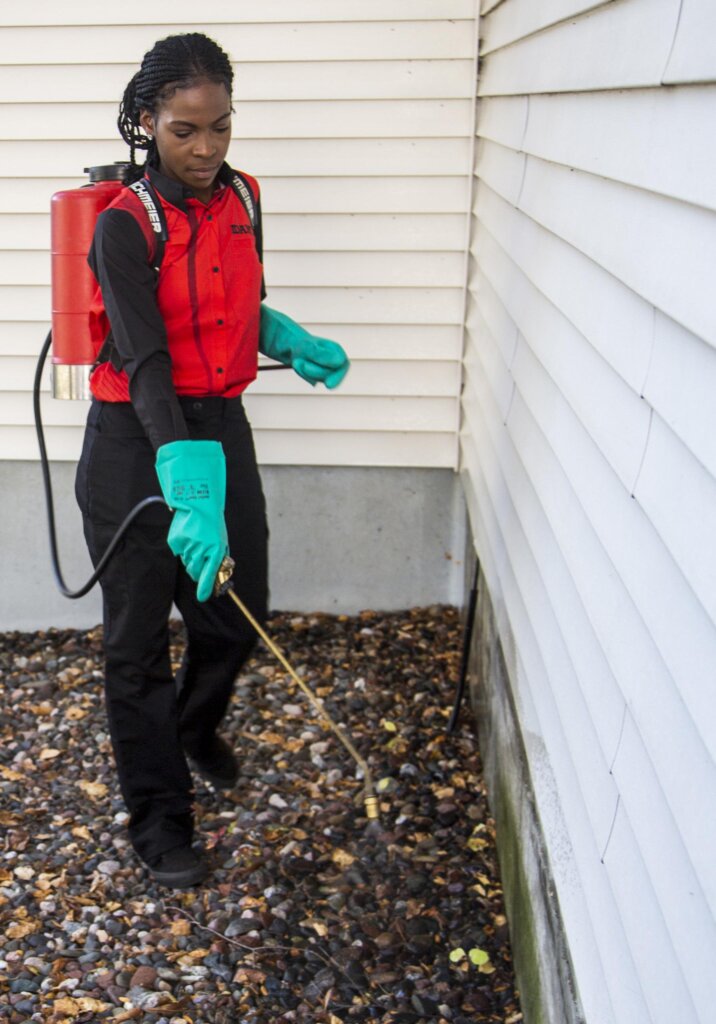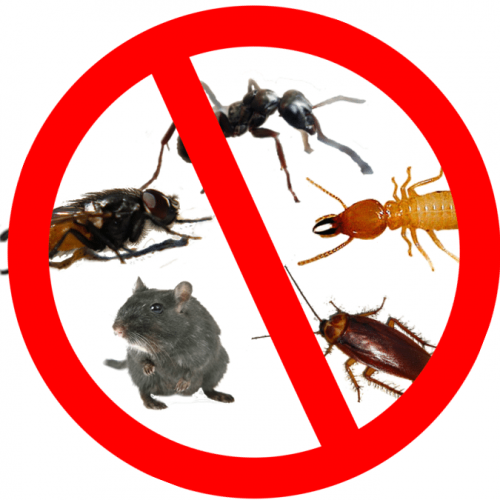Knowing the benefits and drawbacks of varied pest control management skills
Pest control management is a critical facet of sustaining healthier and effective situations, whether it be in agricultural settings, residential areas, or commercial institutions. Using the variety of insects and possible damage they are able to trigger, it becomes essential to check out various pest control management methods. However, never assume all techniques are created equivalent, and knowing the good and bad points of several methods is paramount to generating aware choices. From substance sprays to biological control, physical obstacles to traps and baits, therefore the holistic strategy of incorporated pest control, each method boasts its own collection of benefits and limitations. Contained in this discussion, we will check out these strategies, considering their own effectiveness, dangers, environmental effect, and potential downsides, once we aim to understand a comprehensive knowledge of pest control methods.
Chemical Sprays: Effectiveness, Dangers, and Ecological Impact
Chemical aerosols, though commonly used for pest control management, require a careful consideration of these effectiveness, dangers, and green influence. Regarding effectiveness, substance sprays is highly efficient in doing away with pests. They have ingredients that target certain pests, disrupting their own existence cycles and in the end eradicating all of them. These sprays can offer a simple and instant answer to pest infestations, leading them to a well known option for a lot of residents and organizations.
But is important to acknowledge the risks related to chemical sprays. The chemical substances found in these aerosols may be harmful to both insects and humans alike. Direct contact with these chemical substances can result in epidermis problems, respiratory problems, and much more severe medical problems if consumed. Furthermore, the overuse or abuse of chemical sprays can lead to the development of pesticide weight among insects, leading them to more challenging to control in the end.
Moreover, the environmental effect of substance sprays is not overlooked. These aerosols can contaminate earth, h2o sources, while the air we inhale. Capable harm beneficial pests, birds, and various other creatures, disrupting natural ecosystems. Moreover, the build-up of pesticide deposits when you look at the ecosystem can have long-lasting effects on the total biodiversity and ecological balance.
Biological Regulation: Advantages And Disadvantages of employing Normal Predators
Making use of normal predators as a type of biological control offers both benefits and drawbacks in pest administration tricks. One of the primary strengths is the fact that truly an environmentally friendly approach. Organic predators, including ladybugs, lacewings, and parasitic wasps, prey on insects, reducing their own communities normally without the need for chemical pesticides. It will help to maintain the ecological balance and conserves biodiversity inside the environment.
An additional benefit of employing natural predators is because they can focus on certain insects. Unlike substance aerosols that may harm beneficial insects, normal predators be capable of find and feast upon particular bug varieties. Pest control near me. This specific method can properly get a handle on bug communities without producing problems for other bacteria for the environment
However, there are downsides to counting on all-natural predators for pest control management. One limitation would be that it might take longer observe effects when compared to chemical techniques. Natural predators need time for you to locate and set up themselves in the area, and their efficiency may vary based elements such as for example temperature and option of prey.

bodily Barriers: Strengths and limits of employing Nets and walls
Actual barriers, browse around here such as for example nets and walls, supply a number of advantages and limitations in pest control tricks. These actual barriers are commonly accustomed prevent insects from opening plants, gardens, or other places where capable trigger damage. One of the main features of utilizing nets and fences is the efficiency to keep pests away. By producing a physical shield, they're able to successfully prevent the entryway of pests, such pests, birds, or tiny mammals. This may significantly lower the damage triggered by bugs which help keep up with the top quality and yield of vegetation. Moreover, nets and fences tend to be environmentally friendly plus don't involve the employment of substance pesticides, causing them to a safer selection for both people as well as the ecosystem.
But there are additionally limitations to using nets and fences for pest control management. One constraint is the cost related to putting in and maintaining these bodily barriers. According to the measurements of the area are secured, the cost of supplies and labor is considerable. Another constraint would be that nets and walls may not be effective against all types of pests. Some insects, like burrowing creatures or flying bugs, could find how to avoid or get over these barriers. In addition, nets and fences can also limit ventilation and sunlight, which might have side effects throughout the development and growth of plant life.
Traps and Baits: Recognizing Their Unique Efficiency and Possible Downsides
Barriers and baits play a crucial role in pest control techniques, providing a highly effective ways of recording and removing pests while minimizing dependence on chemical pesticides (Pest control near me). These methods can try this website be used in controlling rodents, insects, and other unwelcome bugs. Barriers are made to physically catch pests, stopping them from creating additional damage or spreading illnesses. Baits, alternatively, tend to be materials that attract insects and are generally often laced with poisonous chemical compounds to kill all of them
Barriers are available in numerous types, such as snap traps, adhesive barriers, and live traps. Breeze barriers tend to be popular for getting rats or rodents, while glue traps work for capturing pests. Live traps are gentle solutions that allow when it comes to catch and relocation of pests without hurting all of them. Baits, on the other hand, are typically made from meals or any other appealing compounds that entice pests to consume them. These baits are usually coupled with pesticides or herbicides or contaminants that eliminate the bugs.
One of the most significant features of barriers and baits is the specific strategy, focusing on specific pest species while reducing harm to non-target bacteria and ecosystem. In addition they supply a non-chemical alternative for pest control, reducing the threats associated with substance pesticide utilize. But like any pest control method, barriers and baits have actually their own disadvantages. They may maybe not entirely eradicate pest populations, calling for continuous tracking and maintenance. Additionally, the potency of barriers and baits can differ with respect to the pest types, their own behavior, and environmental problems. Careful placement and normal inspection are crucial for optimum results.
built-in Pest administration: Advantages and problems of a natural Approach
The holistic strategy of incorporated Pest Management (IPM) provides numerous advantages and poses distinctive challenges in the area of pest control. IPM concentrates on the reduction, spying, and control over insects through a mixture of techniques that decrease employing pesticides. One of the most significant advantages of IPM is its green friendliness. Through the use of alternative strategies including biological control, social practices, and environment manipulation, IPM reduces the reliance on chemical pesticides or herbicides, resulting in a safer and more healthy ecosystem both for humans and wildlife. Furthermore, IPM encourages long-lasting pest management solutions, since it stresses the necessity of understanding pest behavior and ecology. This knowledge enables targeted interventions that address the basis factors behind bug infestations, instead of simply treating the outward symptoms. But applying IPM are tough. It requires a comprehensive understanding of bug biology, as well as the ability to accurately keep track of and determine insects. Furthermore, IPM typically calls for a substantial expense of the time and resources, as it entails routine spying and the utilization of several techniques. Nevertheless, the advantages of IPM, such as paid off pesticide usage and long-term pest control management, succeed a very important approach click resources in the area of pest management.
Summation
